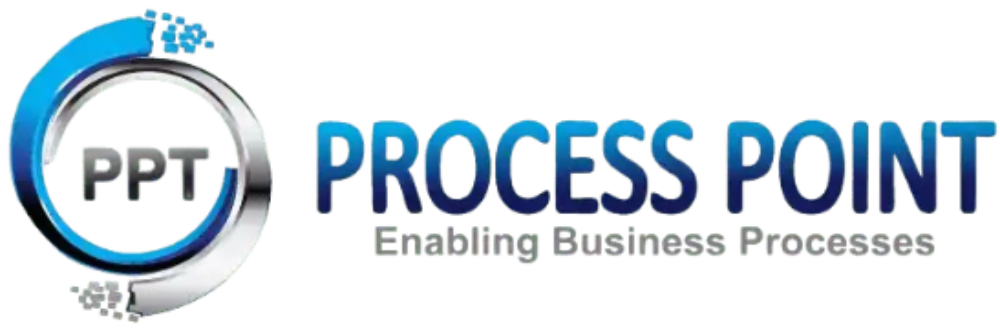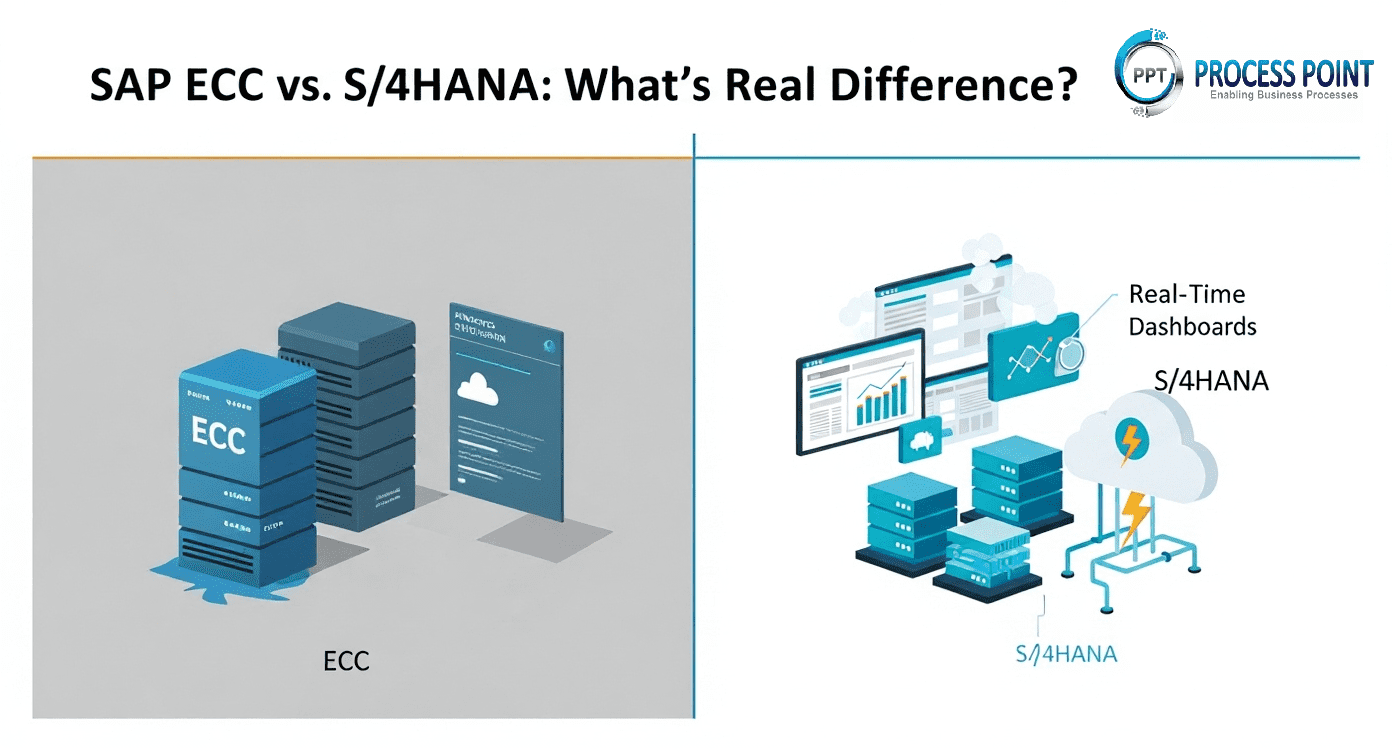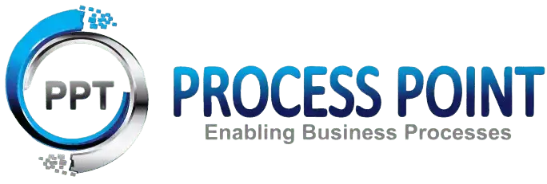SAP vs. Oracle ERP: Which Platform Fits Your Business Strategy?
- Published on : June 30, 2025
Introduction
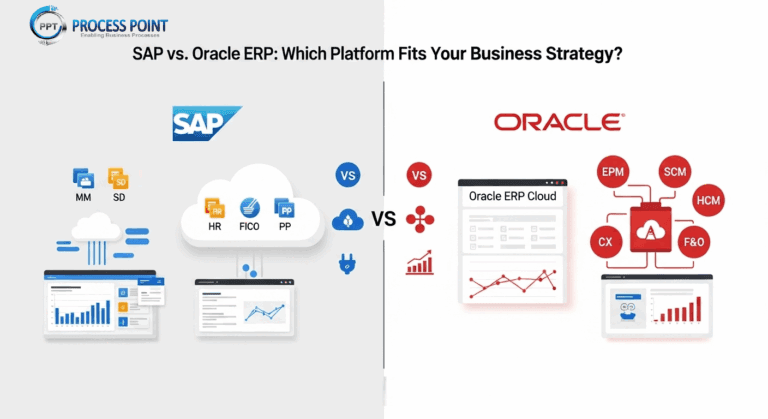
For organizations looking to implement or upgrade an Enterprise Resource Planning (ERP) system, the decision often comes down to two of the industry’s leading platforms: SAP and Oracle. Both are global leaders with decades of experience in delivering ERP solutions, but they take significantly different approaches in design, functionality, deployment, and user experience.
In this blog, we explore the key areas of difference and consideration in SAP vs Oracle ERP to help businesses evaluate which ERP system aligns better with their strategy, processes, and goals.
Understanding the Fundamentals
SAP S/4HANA and Oracle ERP Cloud both provide integrated applications that support core business functions such as finance, procurement, supply chain, human resources, and more. However, the foundations on which they’re built shape how each platform behaves:
- SAP emphasizes process standardization, often favoring deep vertical integration. It supports both cloud and on-premise deployments and is built on SAP HANA, an in-memory platform that allows real-time analytics and transactions.
- Oracle ERP Cloud, on the other hand, is designed from the ground up as a SaaS product. It integrates finance, planning, operations, and analytics into a single platform and updates on a continuous release cycle, offering faster innovation without heavy user involvement in upgrades.
Deployment and Infrastructure
One of the critical early decisions in ERP selection involves deployment preference:
- SAP allows flexibility between on-premise, cloud, and hybrid models. This makes it suitable for enterprises with legacy infrastructure or industries that require localized control.
- Oracle offers only cloud deployment, which simplifies IT operations and reduces infrastructure burden, but may not fit scenarios requiring offline access or high levels of system customization.
For businesses seeking control over infrastructure or having compliance concerns requiring on-premise hosting, SAP offers a path. Those looking for faster go-live times and automatic upgrades may find Oracle more suitable.
Industry Focus and Specialization
SAP has long been favored by industries such as manufacturing, automotive, energy, and logistics, thanks to its strong modules in production planning, materials management, and warehouse execution. Its approach is beneficial for companies with complex supply chains or global manufacturing footprints.
Oracle, while capable in supply chain as well, is particularly strong in financial services, healthcare, education, government, and professional services, where advanced financials, regulatory compliance, and project-based planning are critical.
This distinction often becomes the deciding factor for industry-specific ERP decisions.
Financial Management
Oracle has an edge in financials. Its ERP Cloud platform was built with finance at its core. It includes robust tools for accounting, expense management, financial planning, tax reporting, and consolidations—often praised for their clarity and automation.
SAP also offers a powerful financial suite, especially when integrated with its controlling, treasury, and supply modules. However, SAP’s financial tools tend to shine most when paired with operational data, offering deeper insights into production costs, materials, and supply dynamics.
User Interface and Experience
User adoption is essential for ERP success. SAP introduced Fiori, a role-based UI that replaces its older, more technical interface. It’s functional and secure, but many users require training due to SAP’s structure and terminology.
Oracle ERP Cloud generally receives higher marks for usability. It provides a dashboard-driven experience with embedded analytics, intuitive navigation, and consistency across modules, which can reduce onboarding time for users.
Customization and Flexibility
Both platforms offer extensibility, but their philosophy differs.
- SAP is historically more customizable. Organizations can mold the software to reflect existing business processes. However, this can result in higher implementation costs and longer timelines.
- Oracle, in contrast, encourages organizations to adopt best practices through configuration over customization. This approach supports rapid deployment and smoother updates but may feel rigid for businesses with highly unique processes.
The trade-off is clear: SAP offers more control over how the software adapts to you, while Oracle offers a more standardized approach with lower long-term complexity.
Integration and Ecosystem
Integration with third-party applications is often necessary for CRM, e-commerce, payroll, or BI tools.
SAP integrates effectively within its own ecosystem (e.g., SuccessFactors, Ariba, Concur) and offers middleware like SAP Integration Suite for external apps. Its landscape is mature but can be complex for non-SAP systems.
Oracle has taken a more open integration approach with Oracle Integration Cloud, which supports REST and SOAP APIs, pre-built connectors, and a developer-friendly interface. It’s easier to plug into non-Oracle apps, which appeals to organizations with mixed environments.
Analytics and Reporting
Both platforms offer real-time insights and embedded analytics, but Oracle tends to prioritize accessibility.
Oracle ERP Cloud features built-in dashboards, predictive insights, and AI-driven suggestions across financials and operations, with minimal user configuration needed.
SAP offers powerful analytics through SAP Analytics Cloud and in-system tools. However, setting up advanced reporting often requires specialized skills or integration with tools like SAP BW, which adds complexity.
Upgrades, Maintenance, and Support
Oracle’s SaaS model provides quarterly updates with minimal disruption. Updates are automatically pushed, allowing organizations to access new features without major effort.
SAP follows a more traditional path, particularly for on-premise deployments. Customers are responsible for upgrades, which can require careful planning and internal testing—though SAP’s cloud versions are moving toward more frequent update cycles.
If minimizing IT involvement is a priority, Oracle’s update model may appeal more.
Implementation Timeline and Costs
SAP implementations tend to be longer and more resource-intensive, especially for highly customized, global rollouts. These projects can take a year or more depending on scale and process complexity.
Oracle ERP Cloud can be implemented more quickly, particularly for mid-sized organizations or those willing to adopt standard configurations. Faster time-to-value and predictable subscription pricing help reduce initial investment.
However, businesses should consider long-term costs—SAP may require more upfront spending, while Oracle’s recurring model builds over time. Total cost of ownership varies widely based on scope, licensing, support, and custom development.
Security and Compliance
Both SAP and Oracle meet global security standards (e.g., GDPR, ISO 27001, SOC 1/2). Oracle places strong emphasis on autonomous databases and AI-powered threat detection. SAP offers advanced role-based access controls and has strong compliance support for regulated industries.
Your choice may depend more on your internal IT governance and the need for industry-specific certifications.
Which ERP Is Right for You?
There is no one-size-fits-all answer. However, certain considerations can guide your decision:
Choose SAP if your business:
- Operates in heavy manufacturing or logistics
- Needs complex supply chain or production planning
- Has an existing SAP ecosystem and wants deep customization
Choose Oracle ERP Cloud if your business:
- Prioritizes financial control, forecasting, and reporting
- Prefers cloud-first architecture and minimal IT maintenance
- Requires fast deployment with standardized best practices
Ultimately, the decision should align with your industry demands, IT infrastructure, growth trajectory, and internal capabilities.
Final Thoughts
Selecting an ERP platform is a strategic move that impacts every layer of your organization. SAP and Oracle both offer mature, reliable systems, but they serve different organizational needs and priorities.
Take the time to assess your business objectives, operational workflows, and future plans before deciding. A thoughtful evaluation today can prevent costly migrations or mismatches.
Related Blogs
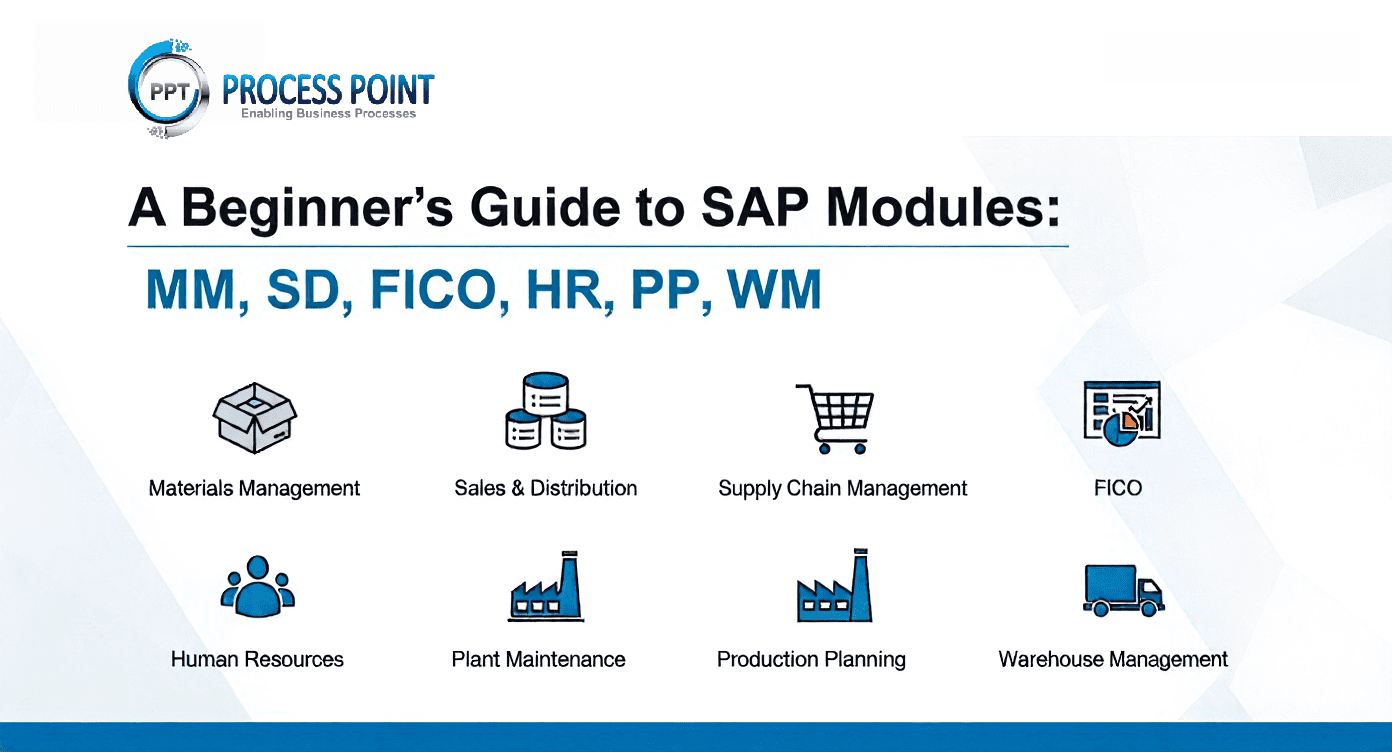
June 27, 2025
A Beginner’s Guide to SAP Modules: MM, SD, FICO, HR, and More
New to SAP? Discover key modules like MM, SD, FICO, and HR that streamline business processes across industries.
